Money-Making Ideas
In the world of entrepreneurship, speed and innovation are key to success. Today, AIbase will explore an exciting startup case that demonstrates how to build an AI startup from scratch and successfully sell it for $65,000 in a short period. This is a story of vision, determination, and swift action. 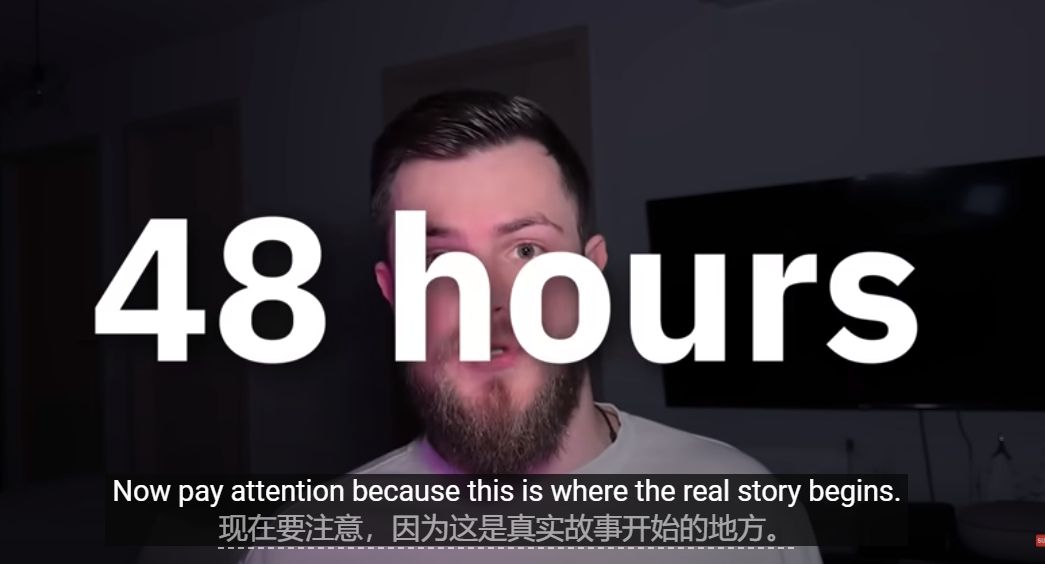
The story begins with Nico, a novice programmer abroad, facing the biggest challenge of his life. With dwindling savings and a series of failed projects, he urgently needed a success to turn his situation around. 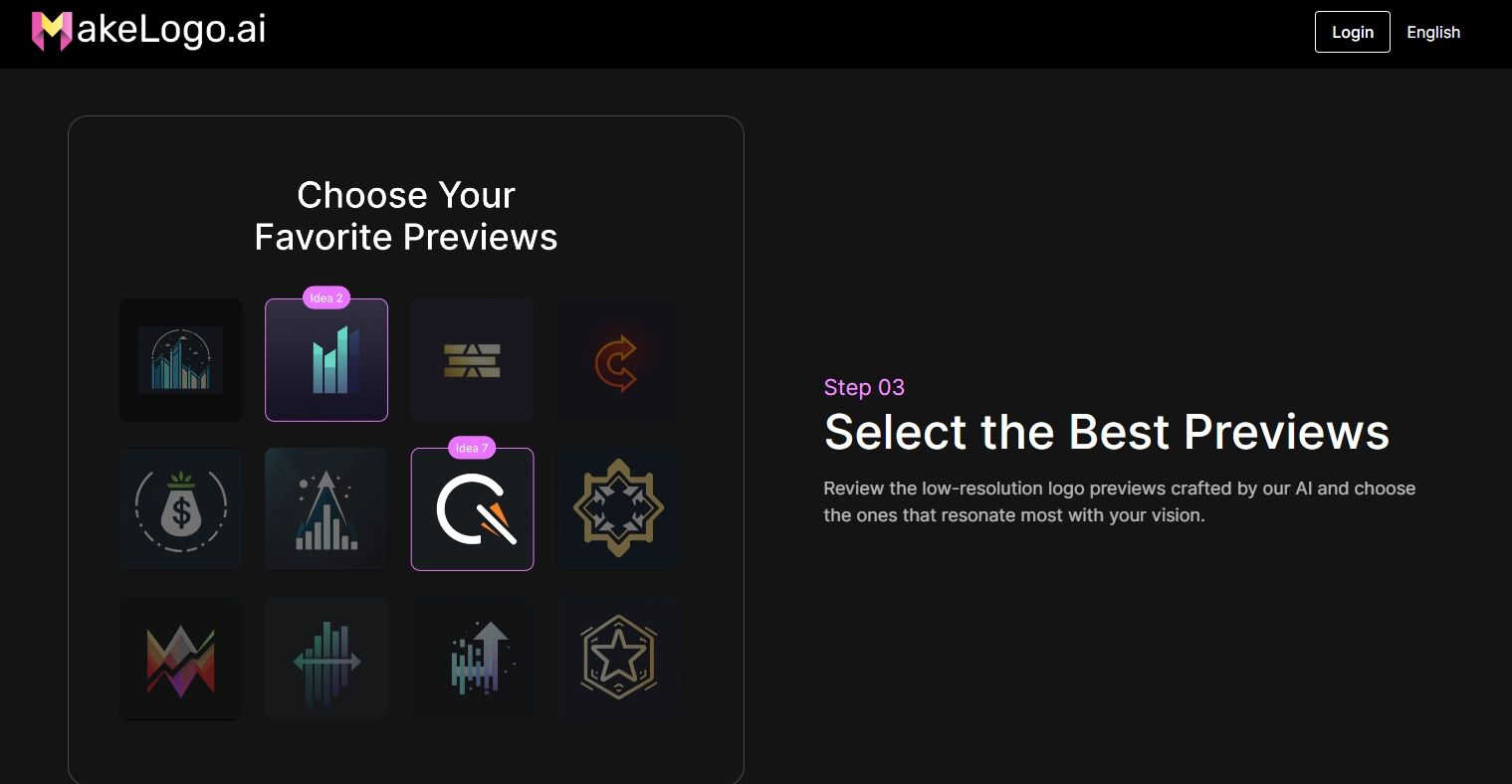 Under such pressure, he created an almost impossible miracle—launching an AI Logo generator within 48 hours and selling it for $65,000 three months later.
Under such pressure, he created an almost impossible miracle—launching an AI Logo generator within 48 hours and selling it for $65,000 three months later.
The following text will delve into Nico's entrepreneurial journey, understanding how he transformed a simple idea into a significant income in a short time.
Target Audience
- Individuals with entrepreneurial intent and rapid learning abilities
- People familiar with social media marketing and product development processes
- Those interested in AI technology applications and willing to try
Difficulty Level
- Requires a certain programming foundation and understanding of AI technology
- Needs the ability to make quick decisions and execute under high pressure
- Requires good social media and online promotion skills
Operational Process Method
Identify Market Demand:
After a series of failed projects, Nico realized he needed a new idea to make a profit. His work on the Open For Ads platform exposed him to the needs of advertisers and content creators. Meanwhile, the rise of AI technology provided him with new opportunities. He decided to leverage these technologies to create a tool that could help people easily generate logos.
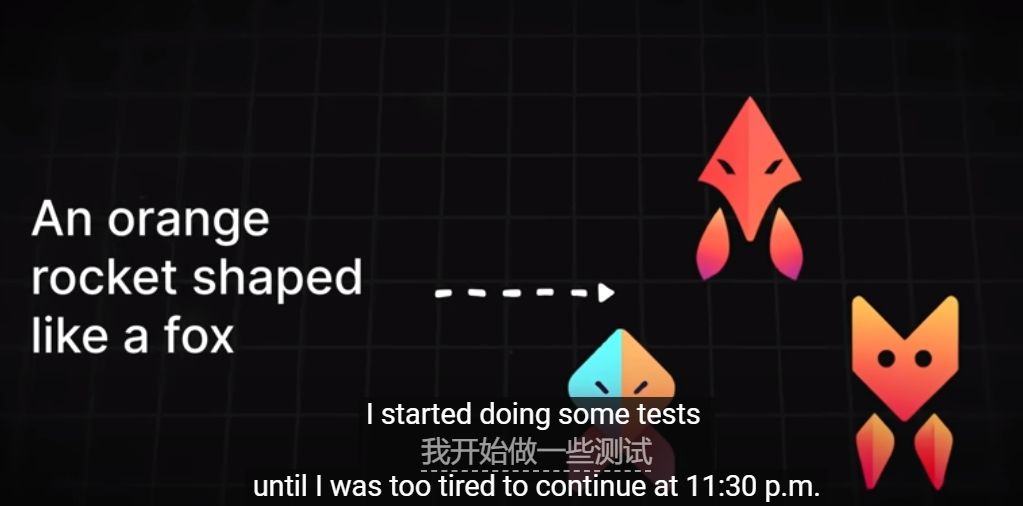
48-Hour Sprint, Create a Prototype:
Nico set a 48-hour deadline to test his new idea and complete the development of Make Logo AI. Without a designer or a team, all he had was his belief in technology and his desire for success. During this time, he had to create a minimum viable product (MVP) and garner enough attention on social media. Nico's approach was to create a prototype that could accept descriptions and generate a LOGO. 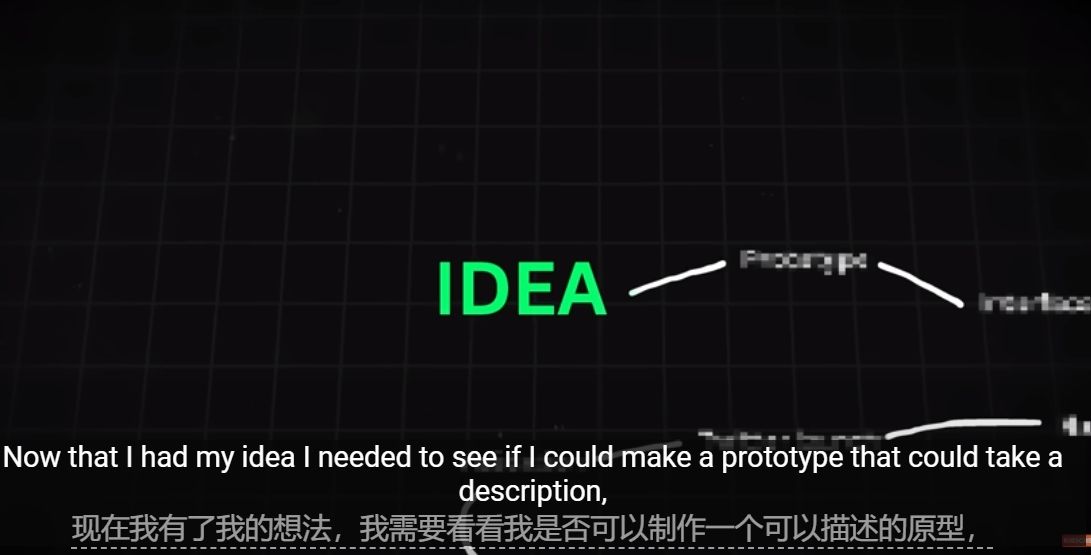
First, he manually wrote the LOGO description code and handed it over to the AI. Due to limited technical skills, he did not write the AI himself but used predefined models and sent instructions to them via API, which then returned the LOGO artwork.
Finalize the Product Interface:
For Nico, creating an intuitive user interface to complement his AI logo generator prototype was undoubtedly the biggest challenge in his 48-hour sprint. He borrowed from others by using Typeform to simplify the process of creating user interfaces. Typeform not only made creating online forms easy but also provided payment functions. He decided to adopt this strategy, using Typeform to collect user information and promising users they would receive their customized logo within 24 hours. 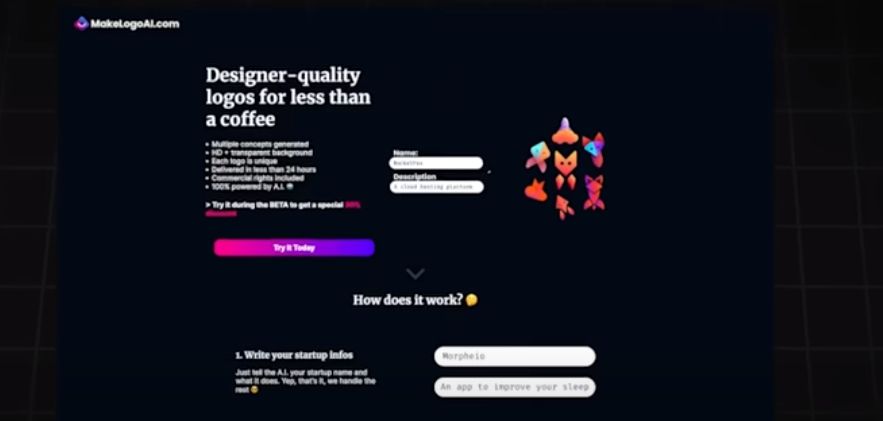
Additionally, Nico meticulously crafted the landing page, using concise and powerful language and comparison techniques to showcase the product's value. Nico completed the design and copywriting of the landing page in a very short time and named his startup MakeLogoAI, simple and straightforward.
Twitter Promotion:
Announcing the upcoming launch of the product on Twitter was a key part of Nico's strategy. He leveraged the immediacy and wide reach of the social media platform to quickly attract the attention of potential users. His "launching the app in 48 hours" challenge piqued people's interest and brought him initial users and sales.
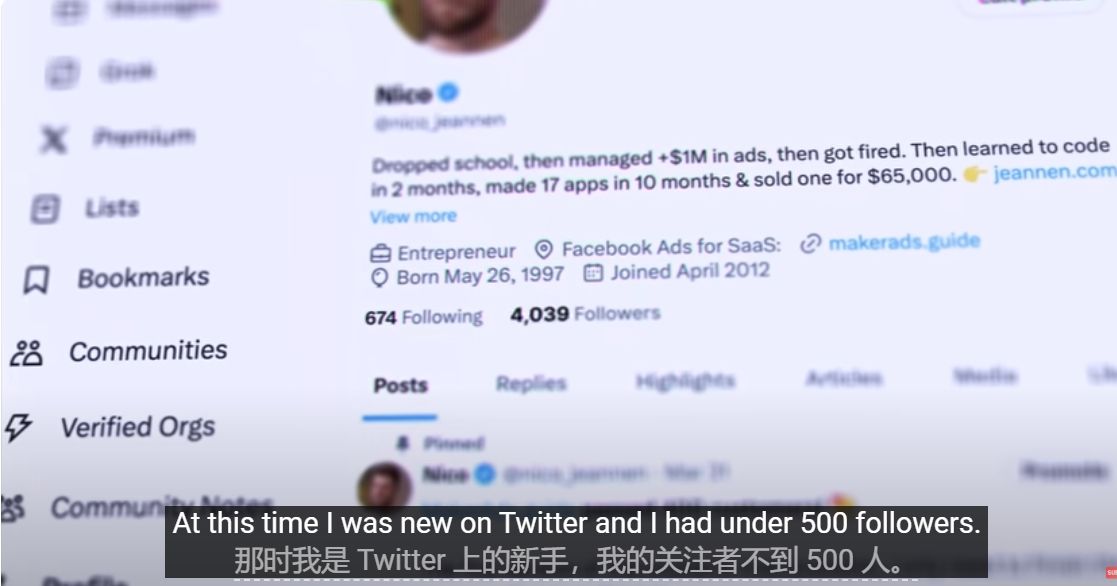
After 48 hours of intense work, Nico's MakeLogoAI app finally went live. As a Twitter novice, he did not have a large following, but the challenge post he made 48 hours ago unexpectedly went viral. Despite the small number of followers, MakeLogoAI generated $75 in revenue within a few hours, and $130 within 48 hours.
Breakthrough Promotion on Product Hunt:
Within two days of the product launch, Nico's plan was to gain recognition on Product Hunt, a platform with far more influence than he expected. Product Hunt sees the release of new tech products daily and has over 4 million monthly active visitors, including many journalists looking for the latest tech news. Being named "Product of the Day" not only means winning an award but also gaining significant exposure. 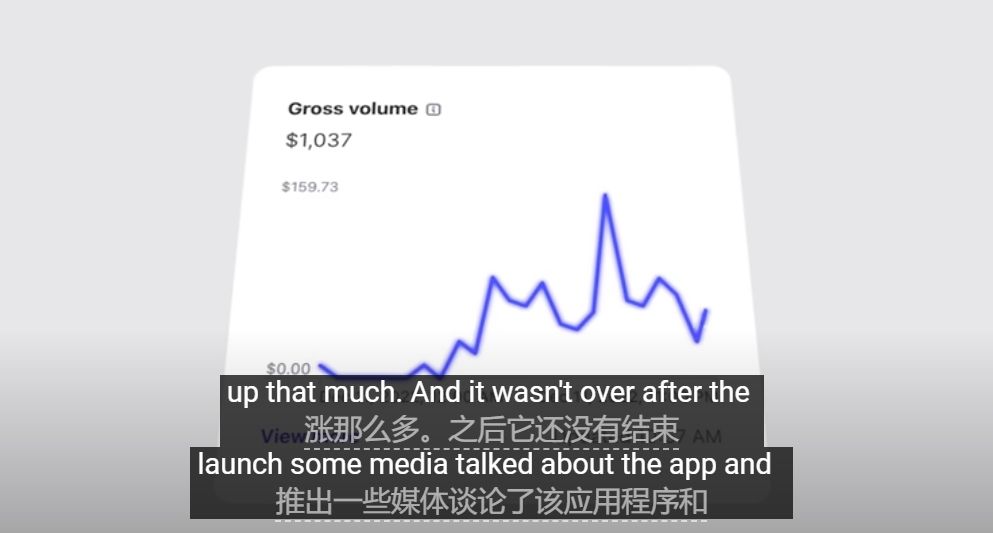
His strategy succeeded, and Make Logo AI quickly gained popularity after its launch, even surpassing all other products on the first day, generating over $1,000 in sales overnight. Media attention further boosted sales, and the novelty effect gave Nico's product a significant advantage.
Continuous Iteration and Sales:
Despite the initial success, Nico knew he needed to continuously improve the product to meet market demands. As the number of users increased, Nico began to receive more dissatisfied customer feedback and refund requests. This not only affected his mood but also reminded him that he needed to focus on product quality and customer satisfaction.
He added new features and improved the quality and customization options of the logos in the following weeks. Sales grew steadily, but so did dissatisfied customers and refund requests, which tested his energy.
Sell the Startup:
Facing continuous work pressure and health issues, Nico decided to sell Make Logo AI. He listed the company on Acquire.com and negotiated with several potential buyers. Eventually, he struck a deal for $65,000, plus previous sales revenue, totaling $85,000. 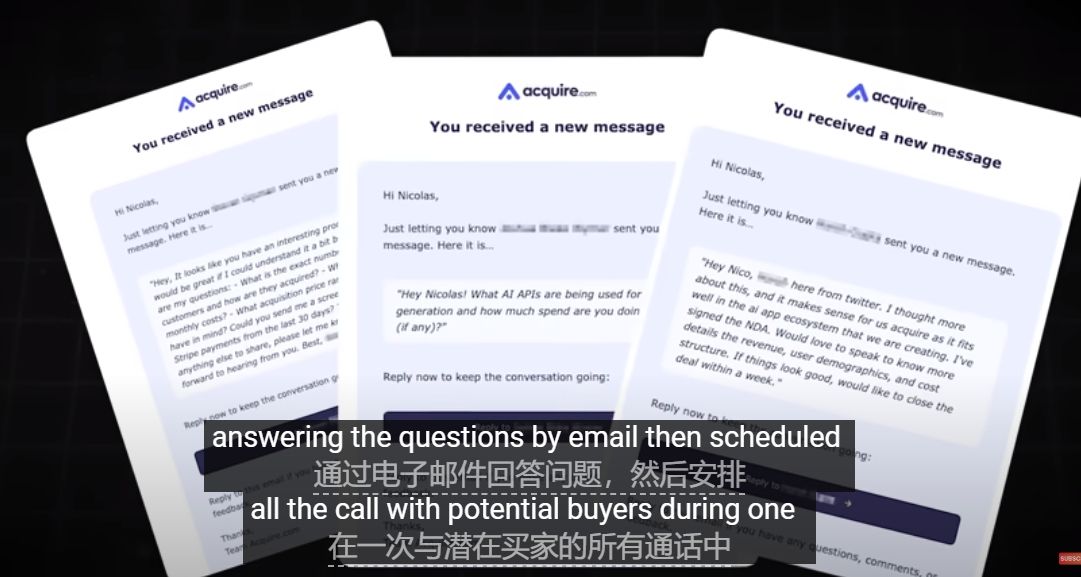
Case Review
Nico's story proves that speed and innovation are crucial in the entrepreneurial world. His case inspires many entrepreneurs, showing that even with limited resources and time pressure, seemingly impossible goals can be achieved.
Through rapid learning, flexible adaptation, and leveraging social media platforms, Nico transformed a simple AI application into a successful business case.
Tools Used
- Programming languages (such as Python) and related frameworks
- AI generation tools or services (such as OpenAI's GPT series)
- Social media platforms (such as Twitter)
- Product launch platforms (such as Product Hunt)
- Startup transaction platforms (such as Acquire.com)
- Design tools (such as Typeform for creating online forms)


